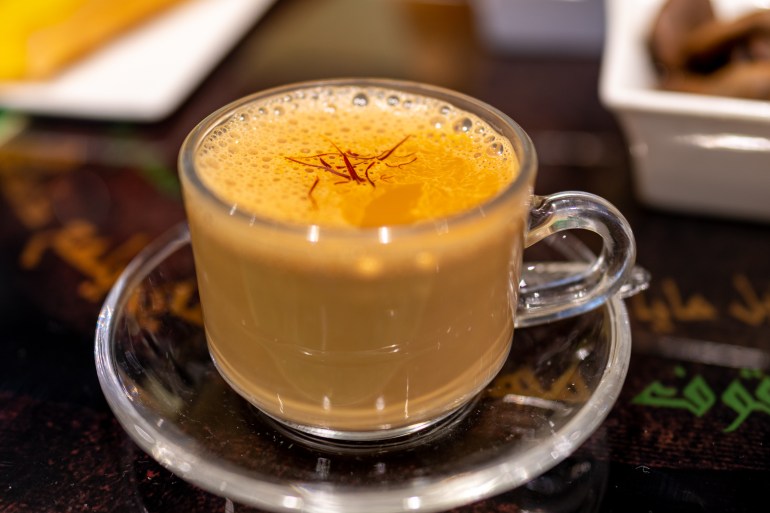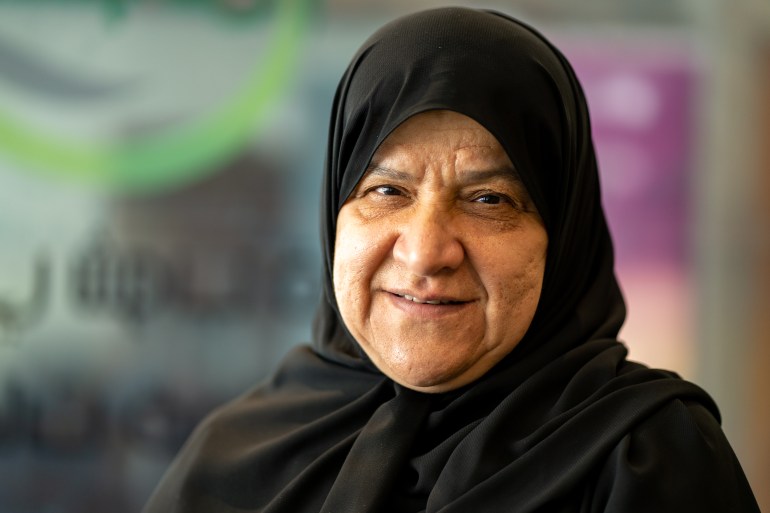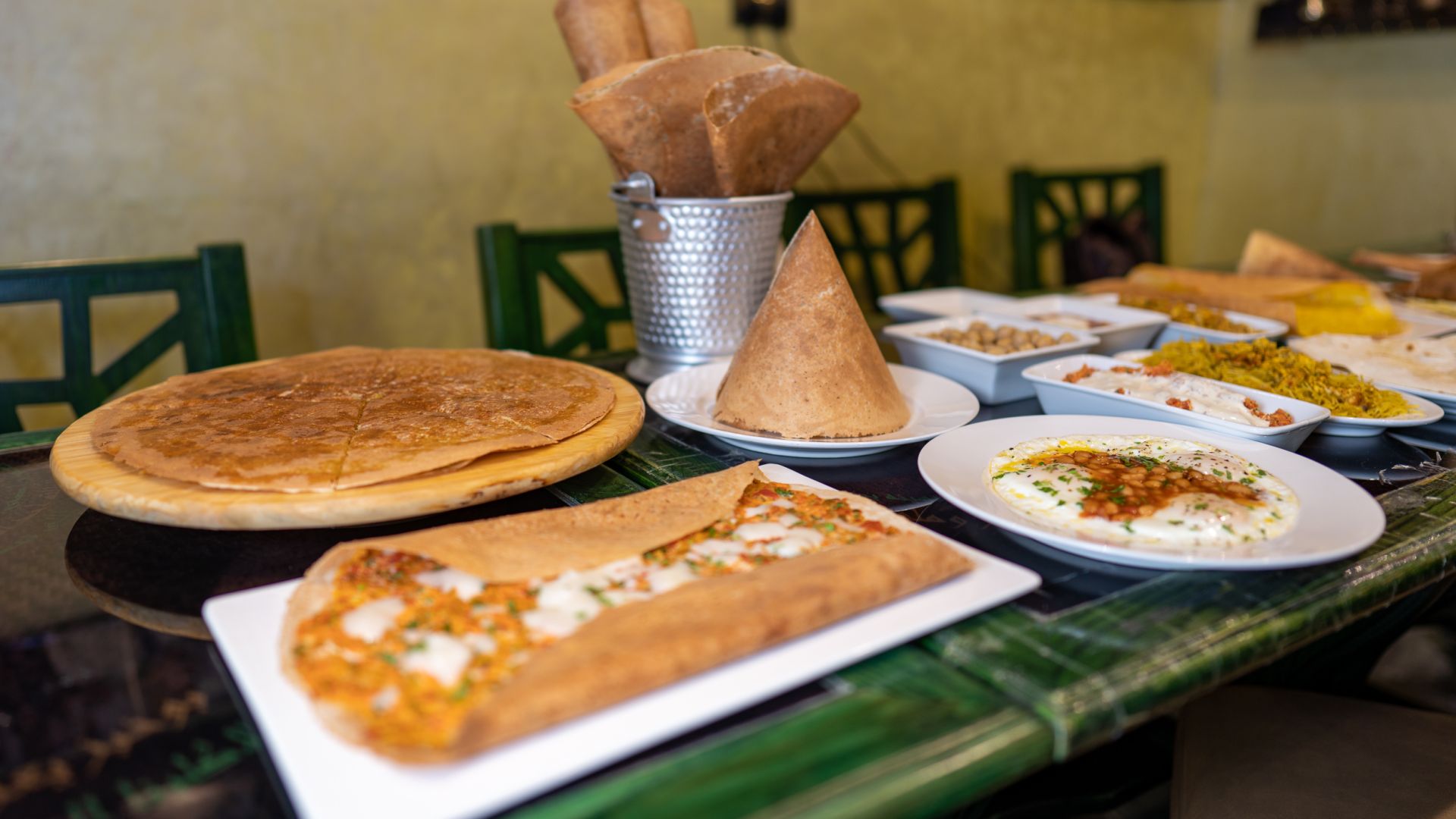Sunshine for breakfast in Doha's Souq Waqif
Doha, Qatar - To say Shams al-Qassabi is an effusive personality is to hit the nail on the (friendly) head.
“Hello, hello, hello. Welcome!” is what you hear as you walk into her restaurant. If you wonder whether this petite woman somehow knows who you are, she doesn’t - but she’s going to greet you like long-lost family anyway.
Shams, who is in her 60s, is the owner and force behind Shay al-Shomous, a bustling breakfast spot in Doha’s Souq Waqif (the Standing Market).
We were led into the restaurant, towards a general buzz of conversation accompanied by the tinkling of tiny spoons against tea glasses as families and groups of friends relaxing on a Friday morning, anticipating the weekend ahead.

Eman, Shams’s daughter who helps out at the restaurant on the weekends, showed us to a table that seemed much too big for two. “For all the food,” she chuckled, gesturing that we didn’t need to worry, she knew exactly how big the table needed to be.
“Tea?” she asked briskly, already gesturing to one of the waiters.
“Yes, please.”
“Milk or no milk?”
“Milk.”
“OK, tea with saffron or cardamom?”
So many choices. Saffron won for the day.
Soon, Shams - whose name means Sun - came to see us, a bustling figure, adjusting the black shayla snugged around her face. She welcomed us again and looked around her airy restaurant with its green tables and simple chairs at people coming in or leaving. Everyone wanted to say "hello" or "see you soon", and she spoke to everyone. Some conversations were warmer and more familiar, indicating that these were old customers or friends, while others introduced themselves and thanked her for an amazing meal.

“All right, now you eat, OK?” she said, the look on her open, smiling face telling us there was only one possible answer. Waving away the suggestion that we would choose something from the menu, she walked off, adjusting the shoulders of her black abaya and assuring us that we would eat what she served.
Plate after plate of food came out of the kitchen, bringing with them a tantalising scent of cardamom and saffron that rose from the table like a reassuring hug. There were bowls of boiled fava beans and chickpeas, cones and folds of impossibly thin wafer-like breads with delectable fillings, two different kinds of scrambled eggs, and a dish of vermicelli with egg on top. A breakfast spread that announced: “It’s the weekend now.”
More tea was brought and poured, and the eating commenced.
